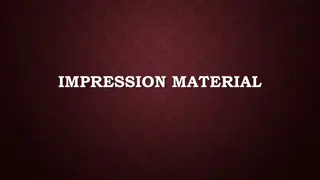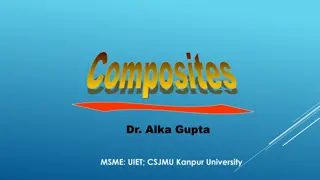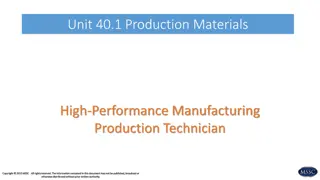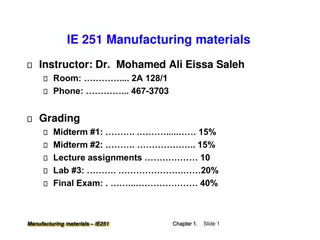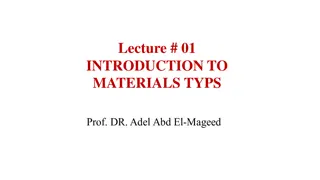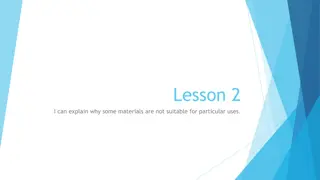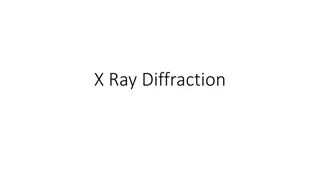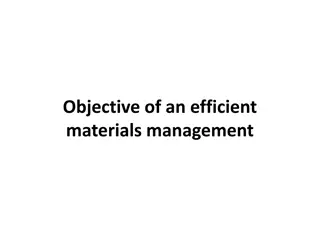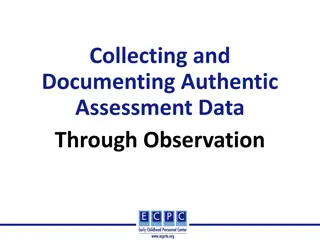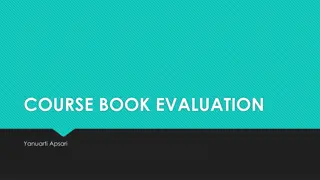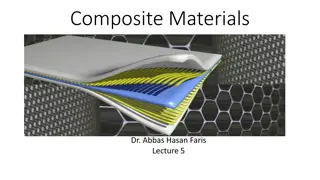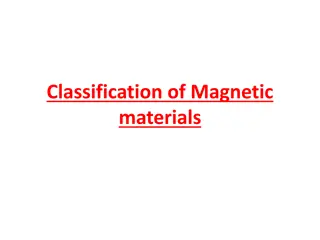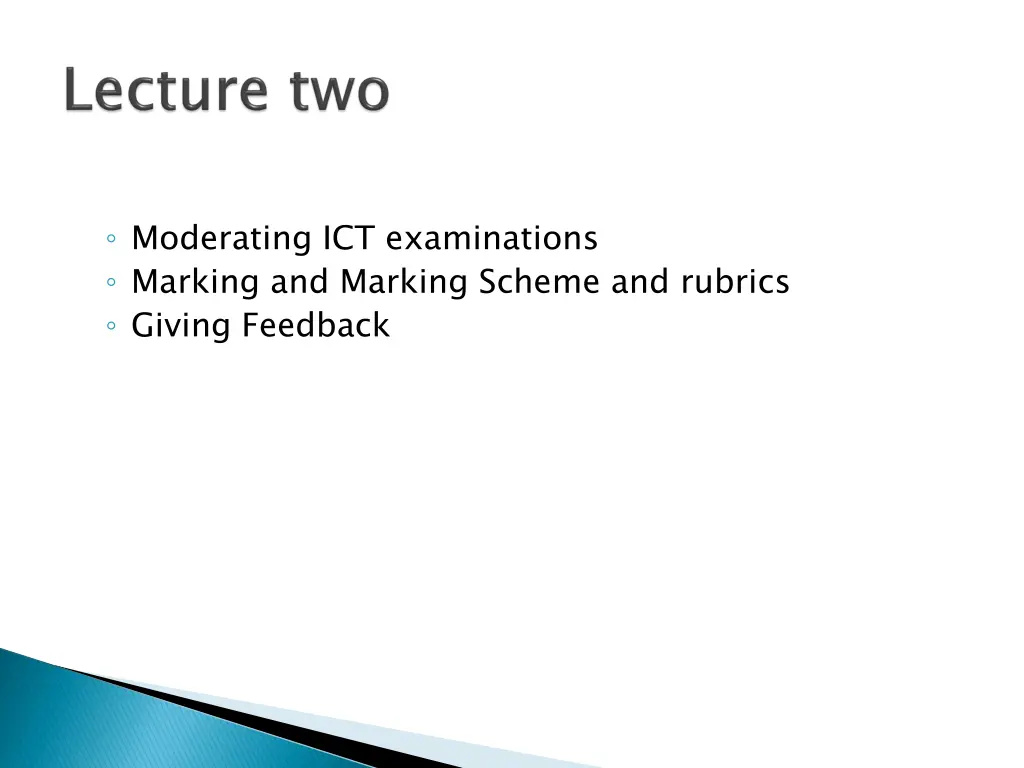
Effective Moderation and Marking in ICT Examinations
Learn how to create marking schemes, tailor assessments, and use rubrics effectively in ICT examinations to ensure consistency and provide meaningful feedback to candidates. Understand the importance of aligning marking schemes with assessment objectives and how to create customized rubrics for assignments. Discover tips for guiding students through assessments and motivating them to learn from their feedback.
Download Presentation

Please find below an Image/Link to download the presentation.
The content on the website is provided AS IS for your information and personal use only. It may not be sold, licensed, or shared on other websites without obtaining consent from the author. If you encounter any issues during the download, it is possible that the publisher has removed the file from their server.
You are allowed to download the files provided on this website for personal or commercial use, subject to the condition that they are used lawfully. All files are the property of their respective owners.
The content on the website is provided AS IS for your information and personal use only. It may not be sold, licensed, or shared on other websites without obtaining consent from the author.
E N D
Presentation Transcript
Moderating ICT examinations Marking and Marking Scheme and rubrics Giving Feedback
Introduction Mark schemes are used to ensure consistence and fairness Provide indication of the nature and range of candidates responses worthy of credit. Set criteria for allocating marks to candidates responses. Introduction
Assessment Objectives: Marking scheme must be tailored under objective of the test or examination. the objective of the test will guide on what to be examined and at what depth Again the objective will ensure that the test and test answer measure the what is supposed to measure
Rubrics Rubrics 1. How to create Customized but similar rubrics for each assignment Rubrics should be simple and clear 2. When to use Use for assignments that are graded Give rubrics to students before starting assignment Have students grade own work with rubrics before submitting Give rubrics to students with graded and returned assignments, including comments
Before you can create a rubric, know: Your objectives Your criteria Scales/weighting
Choose Criteria Choose score descriptors
Do their work diligently and not disruptively Work courteously if with partners Follow teacher s guidelines Ask for help as needed You can use alternative assessments to prepare for formal assessments
Match your assessment to your class and students Help your students learn from their assessments Use other types of assessments in addition to multiple choice quizzes/tests Use assessment to motivate students!
Fenying, M. (2003). Motivating Students by Modifying Evaluation Methods. English Teaching Forum, 41(1), 38- 41. http://americanenglish.state.gov/ Hamayan, E.V. (1995). Approaches to alternative assessment. Annual Review of Applied Linguistics, 15, 212-226. Huerta-Macias, A. (1995). Alternative assessment: Responses to commonly asked questions. TESOL Journal, 5, 8-10. Norris, J. (2012). Purposeful language assessment: Selecting the right alternative test. English Teaching Forum, 50(3), 41-45. http://americanenglish.state.gov/ Shaping the Way we Teach English: http://www.americanenglish.state.gov/resources/shapi ng-way-we-teach-english
Marking examinations are marked consistently and fairly. schemes ensures that the Provide markers with an indication of the nature and range of candidates responses likely to be worthy of credit. Set out criteria which they should apply in allocating marks to candidates responses. The conjunction instructions. mark schemes with should these be read marking in general
Quality of candidates responses In marking the examination papers, Emphasis is on looking for a quality of response reflecting the level of competence expected to be exhibited by a students. Flexibility in marking Mark schemes are not intended to be totally prescriptive. However, comprehensive No mark scheme can cover all the responses which candidates may produce.
- answers, professional judgment should highly be exercised to assess the validity of answers. When confronted with unanticipated - problematic, then examiners should seek the guidance of the Supervising Examiner. If an answer is particularly
Positive Marking - Encourage positive marking - Giving appropriate credit for what candidates know or can do. - Penalizing candidates for errors or omissions should highly be discouraged
Awarding zero marks -Marks should only be awarded for valid responses. -For a complete incorrect responses no marks should be awarded
Types of mark schemes Marking schemes for tasks or questions which require candidates to respond in extended written form -These are marked on the basis of levels of response which take account of the quality of written communication. .
Marking Scheme for other questions which require only short answers. - These are marked on a point for point basis with marks awarded for each valid piece of information provided
Levels of response -Tasks candidates to respond in extended writing are marked in terms of levels of response. and questions requiring -In deciding which level of response to award. - examiners should look for the bestfit - weakness in one compensated for by strength in another. area may be
Threshold performance: - Response which just merits inclusion in the level and should be awardeda mark at or near the bottom of the range. Intermediate performance: - Response which inclusion in the level and should be awarded a mark at or near the middle of the range. clearly merits
High performance: - Response which fully satisfies the level description and should be awarded amark at or near the top of the range. Marking calculations - For answers calculations, examiners apply the own figure rule so that candidates are not penalised more than once for a computational error. involving should
FEEDBACK -Feedback is any dialogue (written or oral) between the student and the teacher, or the student and a peer. The aim is to:- -Provides information which will structure their learning. - Help them to close the gap between their -current and targeted levels of achievement
Activity feedback, effective, Well done Good Try better next time Your work was poor, work hard Your work was a disaster I m impressed with your work 30% ah! Incorrect Check your work properly. Lots of inaccuracies Activity: : Consider feedback, which effective, and Consider these which Examples and Which these Examples Examples are Which One Examples of are good Needs Improvement of oral good and Improvement. . oral and One Needs



